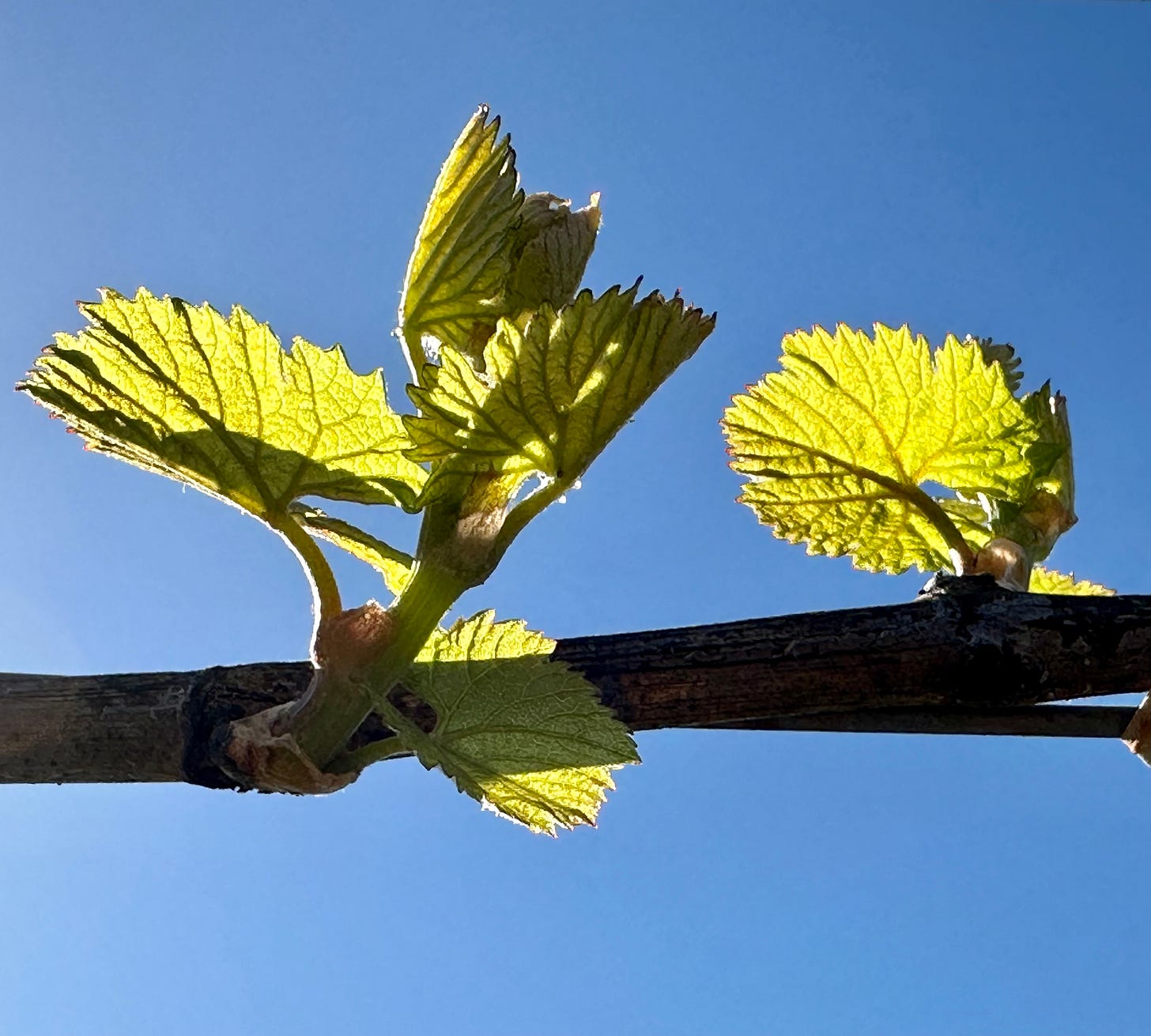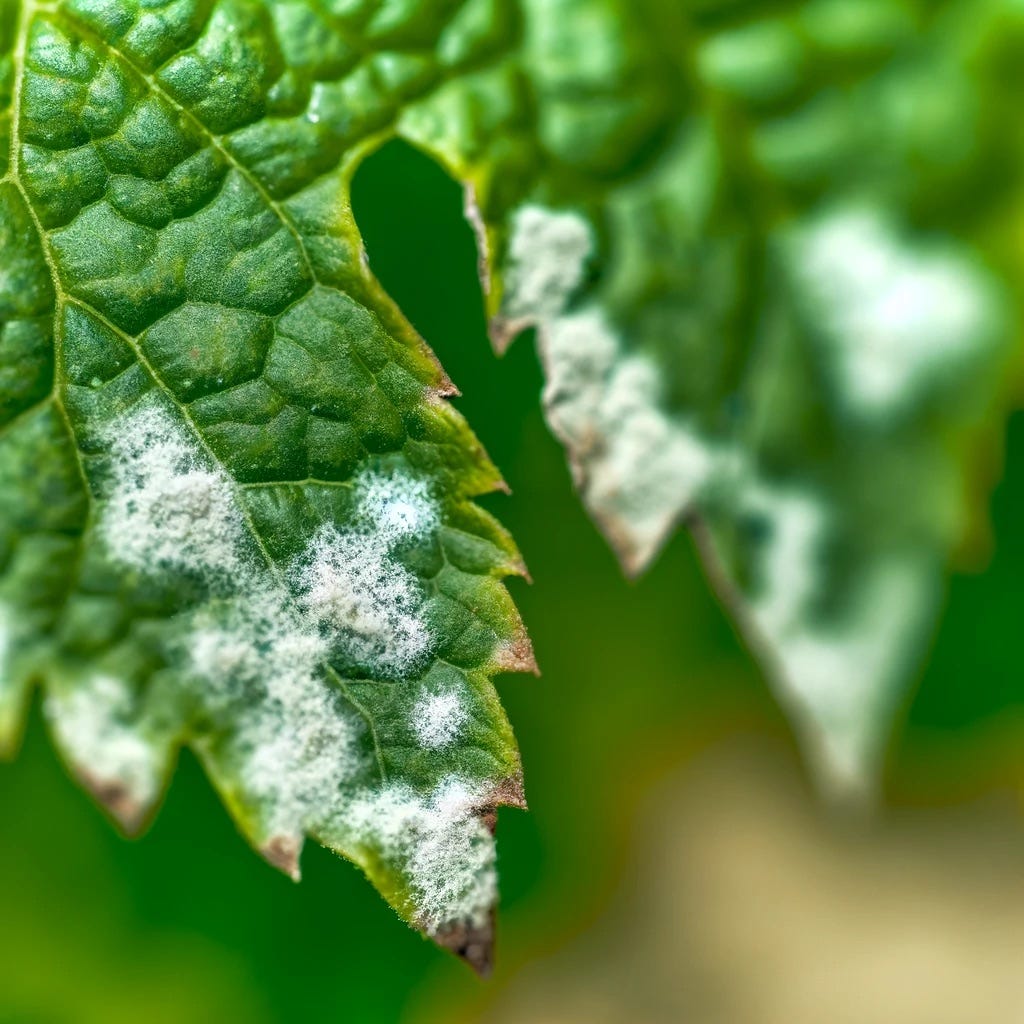Pruning and climate adaptation tips for home vineyards in Napa Valley
by David Layland
NAPA VALLEY, Calif. — Grapevines in Napa Valley are breaking dormancy after enjoying their winter nap. If you haven’t done so already, get out your pruning shears, sharpen them and make sure they are functioning properly. Grapevines need a haircut now to be at their best in 2024.
Having a successful year in your home vineyard depends on paying attention to several factors. Understanding climate shifts is vital to maintaining any garden but especially vineyards, given how long grapevines can live. If you have a vineyard or are planning one, your understanding of the impact of climate change will affect your success — and not only from the perspective of irrigation. Making the best decisions for your home vineyard requires staying abreast of current research.
We know that soil influences the quality of wine grapes. Soil is a non-renewable resource essential for climate regulation and sustainable grape production. We build soil health with practices that promote the accumulation of organic matter and biodiversity. These practices make for a more resilient, productive and long-lived vineyard.
Napa Valley soils are diverse with distinctive characteristics. The valley is home to deep, rich alluvial soils; rocky hillsides; and volcanic soils found in a wide range of topographies. This soil diversity is one reason that the valley’s vineyards include more than 40 wine-grape varieties.
You can increase organic matter in your soil by planting cover crops. They improve soil structure, mineral fertility and biological activity. Compost provides nutrients for plant growth, increases soil organic matter and mitigates erosion.
Irrigating your vineyard on a proper schedule will help you save on electricity, water and labor. Dry farming — growing grapes with little or no irrigation — is possible for some vineyards but not all.
—
Napa Valley Features note:
Home vineyards, much like larger commercial operations, face the impacts of climate change, necessitating adaptive measures. When dry-farming is not possible, implementing deep watering strategies — less frequent but thorough irrigation alongside normal irrigation measures —can be effective in promoting deeper root growth, enhancing water and nutrient uptake. It is also crucial for vineyard owners to anticipate high-heat events and conduct pre-irrigation to bolster vine resilience.
Pruning practices should prioritize maintaining leaf shade to shield grapes from intense sunlight during peak heat periods, and incorporating shade cloth can serve as a valuable resource, providing emergency cover during high-heat events when natural leaf cover may not be sufficient.
Replanting with drought-resistant rootstock and heat-resistant varieties further fortifies vineyard sustainability. These proactive adjustments are vital for preserving vineyard health amidst evolving environmental conditions.
—
The annual growth cycle of grapevines begins with bud break in the spring and culminates in autumn with harvest and leaf drop, followed by winter dormancy. Climate change has affected the duration of each phase of the growth cycle, making it important to understand these changes so you can adapt. Sustainable practices are helpful in adapting to climate change.
Powdery mildew, one of the most widespread and easily recognized plant diseases, is the No. 1 pest in the vineyard and one that, if managed successfully, will give better fruit quality. It is characterized by spots or patches of white to grayish, talcum-powderlike growth. Powdery mildews are severe in warm, dry climates such as ours. Treatment is usually with elemental sulfur and begins at bud break.
—
Napa Valley Features notes:
Recent research from UC Davis has uncovered vital genetic information about the pathogen Erysiphe necator, which is responsible for powdery mildew, a widespread vineyard fungal pathogen. The researchers found that the E. necator genome is both large and dynamic, allowing it to rapidly evolve and adapt, particularly in response to fungicide treatments. This adaptability can lead to fungicide resistance, making the control of powdery mildew increasingly challenging. The insights gained from understanding the pathogen's genome are crucial in guiding grape-growers in selecting the most effective fungicides and strategies to combat this disease.
Moreover, these genetic discoveries are aiding in the development of grape varieties with built-in resistance to powdery mildew. Such advancements are expected to provide more cost-effective and environmentally friendly methods for managing this disease in vineyards, reducing reliance on chemical treatments.
Additionally, Wine Australia emphasizes that if powdery mildew is not adequately controlled, it can significantly reduce both the yield and quality of grapes, impacting the wine industry. Many wineries have specific thresholds for powdery mildew contamination, and grapes exceeding these thresholds in disease severity may face rejection or downgrading.
This combination of genetic research and practical vineyard management underscores the evolving approach to tackling powdery mildew, highlighting the importance of both scientific advancement and informed agricultural practices.
—
For a deeper dive into home vineyard management, plan to attend the Napa County Master Gardener workshop on Saturday, March 30. See details below.
Workshop: Join UC Master Gardeners of Napa County for “Home Vineyards: Important Information for a Successful 2024” on Saturday, March 30, from 9 a.m. to 12:30 p.m. Learn the latest about irrigation and treating viruses and mildew. Get up to date on climate change, soil health and structure, increasing soil organic matter and what happens in the vineyard post-pruning. The workshop will be held in a barn at a private home vineyard near Napa. Attendance is free, but you must register here to get the address and additional details.
Library Talk: Join UC Master Gardeners and Napa County Library for a talk on “Growing Tomatoes in Small Spaces” on Thursday, April 4, from 7 to 8 p.m., via Zoom. Learn how to grow fabulous tomatoes in containers — on patios, on decks and in other small spaces. Register here to receive the Zoom link.
Help Desk: The Master Gardener Help Desk is available to answer your garden questions on Mondays and Fridays from 10 a.m. until 1 p.m. at the University of California Cooperative Extension Office, 1710 Soscol Ave., Suite 4, Napa. Or send your questions to mastergardeners@countyofnapa.org. Include your name, address, phone number and a brief description. For best results attach a photo.
If today's story captured your interest, explore these related articles:
Napa’s convergent lady beetles: a Master Gardener’s discovery and insights
Moths and butterflies: Understanding their role and diversity in our gardens
David Layland is a UC Master Gardener of Napa County.





